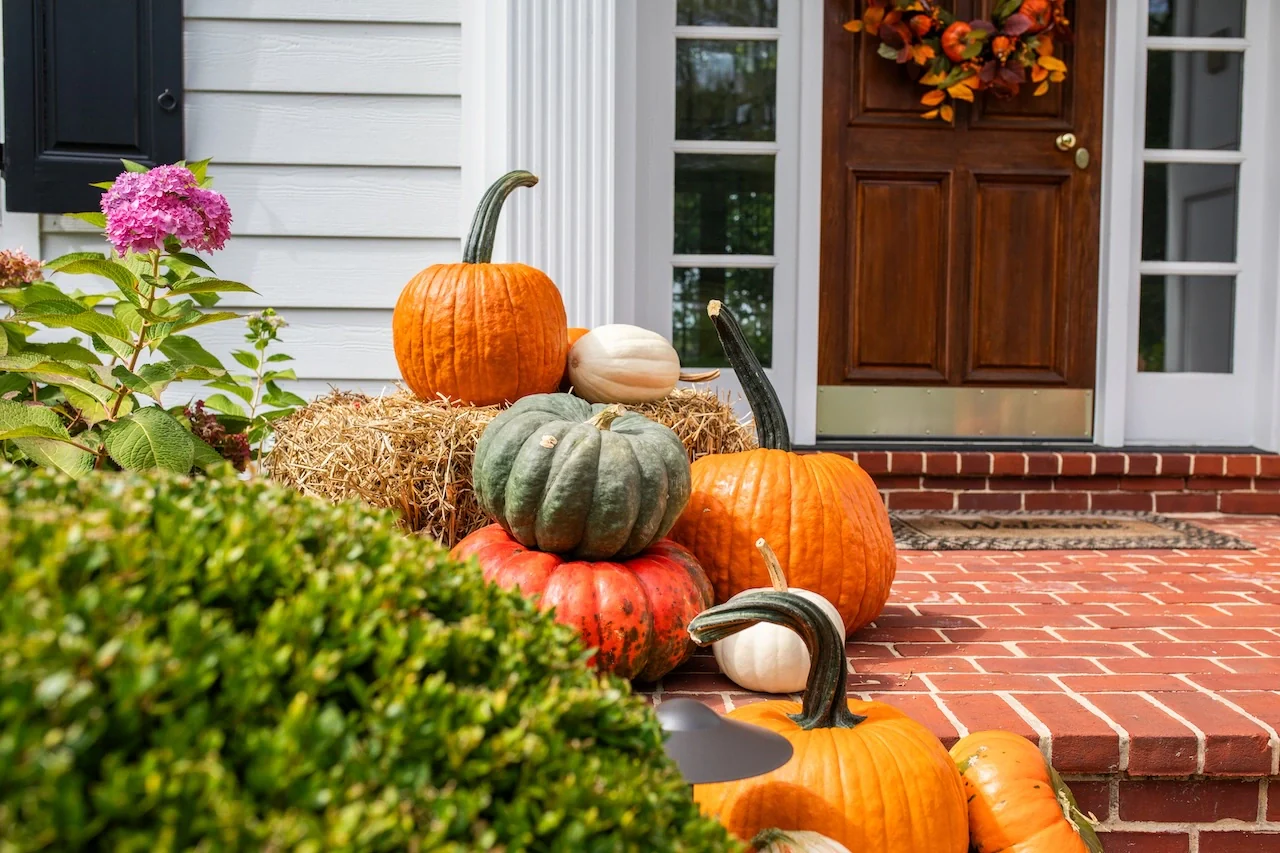Ever since the colonial era, basements throughout the Main Line have suffered from flooding. Penn Valley, Radnor, and Wynnewood have been hit especially hard throughout the years. Thankfully, the topography of the area limits the severity of flooding hazards, so we never find ourselves encountering disasters like those seen in coastal regions or along major rivers like the Mississippi. Interestingly, the topography that helps us avoid extreme flooding is also that which causes basements on the Main Line to accumulate water.
The Mississippi River is known for its slow current and wide floodplains, which cause flooding throughout the great area it stretches. The Main Line on the other hand, is characterized by varying elevation: a criss-cross of ridges, gorges, and depressions culminating along the area’s northern border where Gladwyne rises 400 feet above the Schyulkill River. Separating Gladwyne and Penn Valley is Mill Creek which is responsible for draining most of the two neighborhoods’ water.
Taking a drive along Conshohocken State Road one can see how once the water levels of the Schyulkill increase, so too do the levels of Mill Creek– and rapidly. It is for this reason that the Federal Emergency Management Agency expanded its National Flood Insurance Map for Lower Merion to include more homes along Mill Creek in 2016. Other areas of Lower Merion that FEMA added include areas along Indian Creek in Wynnewood and the upper reaches of Mill Creek in Bryn Mawr.
Ithan Creek within Wayne, Radnor, and Haverford is another fast moving creek, with a small floodplain that results in numerous flood reports each year. Various civil engineering efforts both public and private have been undertaken to combat and mitigate flooding in both Montgomery and Delaware counties. And while flooding damage has been limited in recent years, basements in areas without proper drainage into these creeks continue to suffer from water accumulation.

Basement Drainage
To solve basement flooding we installed a long drain directly where the water would pool in front of the door.

Drainage Cistern
To deal with the drained water we installed an underground cistern which collects the rain water drained from around the door.

Permeable Materials
The cistern is lined with permeable gravel which allows the water to be slowly absorbed into the ground.
Flood damage can be catastrophic, but the slow accumulation of water in a basement or structural element can be equally damaging. “Water always takes the path of least resistance,” says John McCaughey, owner of Terren Landscapes and lifelong resident of Wynnewood. “A basement to water is nothing more than a giant hole in the ground saying ‘Come on in and fill me up.’” A house is only as solid as its foundation, and water undermines that foundation, resulting in sinking, erosion and material degradation. Even without structural damage, water and moisture that is left unchecked can render your home uninhabitable because of mold. Basement flooding occurs for one of two reasons: either a home is built upon land with a high water table where the soil quickly becomes saturated during rain, or erosion and poor drainage around the foundation allow water to enter easily. A quality landscape company will be able to quickly and confidently supply you with answers, but it doesn’t hurt to take a walk around your property and see what you find first.
Most of the time, we are able to utilize non-invasive techniques, such as planting erosion-controlling ground cover and optimizing gutter positioning. Proper gutter collection and downspouts directing water far enough away from the house will greatly reduce the volume of water that impacts your basement. More involved solutions do exist however, such as regrading of the soil near your home to create a positive pitch away from your foundation, French drain systems, rain gardens, or even interior water-proofing–if deemed necessary.

Here Terren Landscapes combined an original culvert built during the first half of the 20th century with a swail made of ecologically friendly stone. The swail is designed to resist erosion from runoff while allowing the water to be absorbed into the ground.
Nature itself is also a powerful ally in the fight against basement moisture. Keeping the majority of your property’s surfaces permeable can help prevent excess runoff by allowing it to seep into the ground instead. And using native plants with extensive root systems can help mitigate the effects of runoff and erosion. Gary Westlake, Senior Landscape Designer here at Terren, says you can’t go wrong with grasses or ivy. “In order to prevent the erosion around the foundation of your home which can cause water in basements, it’s vital to use plants which are hardy in our climate and can maintain the integrity of the soil.”
Water in your basement can be devastating if left unmanaged. But if caught early on, major damages can be averted with some simple measures. So take a look around your property and let your local landscape design company know if you feel your home could benefit from some of the many solutions listed above.




